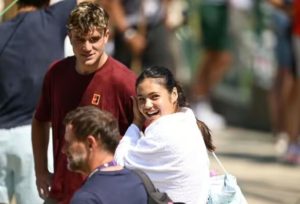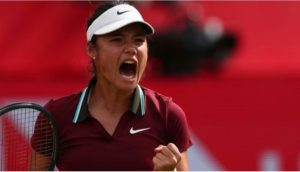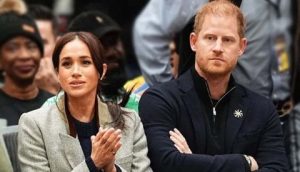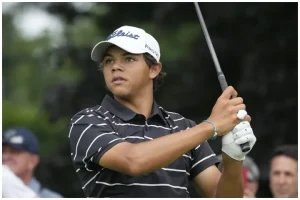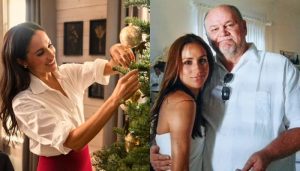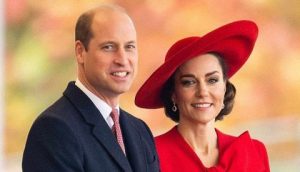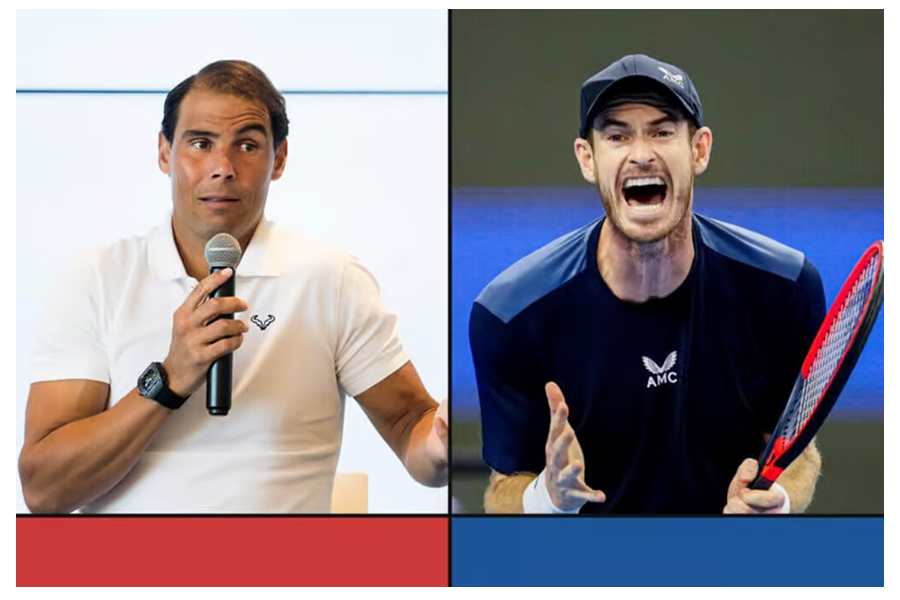
Rafael Nadal
Over the years, it’s evident that Andy Murray and Rafael Nadal lack a skill in one particular area — stepping away.
In a sport where the brain can drive success as much as the body, that quality has long helped carry Murray and Nadal to their lofty status as two of the best players to pick up a racket. Murray has come back from two sets down more than any other player. Nadal has won matches with cracked ribs and torn muscles. He endured pain-killing injections before his matches at the French Open in 2022 and left Paris on crutches after winning that tournament for a record 14th time.
As long as they have played tennis, they competed as long as they could stand upright – even sometimes when they could not. After something like a quarter of a century of so much positive reinforcement for that behavior, their brains are hard-wired to live and play only one way.
But as the 2023 season winds to a close and next year’s 11-month slog approaches, that instinct stands to lead them down a path no one wants to follow — chasing the mirage of a glorious, storybook ending that so few athletes get to experience, especially tennis players, who have to earn whatever glory they can on their own, without team-mates carrying them across the finish line. Pete Sampras got it, but only sort of.
With nothing left to prove and their legacies solidified long ago, Nadal, 37, and Murray, 36, have been giving essentially the same answer to a question they have confronted often during the past two years, as they battled ailing hips, sore feet and ankles and any number of other injuries just so they could start matches: Why?
Here is Nadal in January, after limping to a dais in excruciating pain from a hip injury he suffered during a second-round loss to Mackenzie McDonald at the Australian Open — the most recent competitive match he played.
“It’s a very simple thing: I like what I do. I like playing tennis,” the Spaniard said, his eyes glassy, his psyche shaken once more in an injury-riddled career. “It’s not that complicated to understand, no? When you like to do one thing, at the end, sacrifices always make sense because the ‘sacrifice’ word is not like this. When you do things that you like to do, at the end of the day, it’s not a sacrifice.”
And this was Murray in June at Surbiton, just outside London, when the eyes of the tennis world were on Paris but Murray was playing lower-tier events on grass, having skipped most of the clay court season to prepare for the grass of Wimbledon, where he believed he had the best chance for a deep run at a Grand Slam.
“I don’t feel it’s like I’m just trying to cling on until the end,” Murray told a scrum of journalists after his opening-round win. “I just want to play tennis because I do enjoy this as well. Like, I love it. It’s not like this is a massive chore for me. I love the training. I love competing. I love trying to improve at something and get better each day at it and get the most out of myself doing something that I love. So long as I do that for the next couple of years whilst I’m still able to, that’s really what I want.”
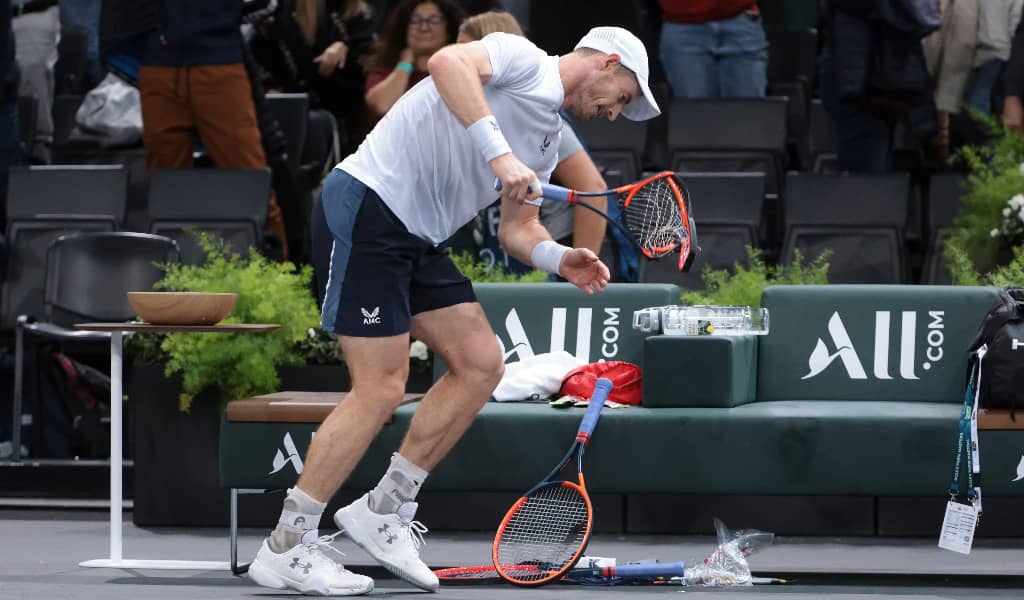
Those statements are still going through the ageing process.
Nadal has started regularly posting pictures of his practice sessions again, but he made no promises following an announcement last month from Craig Tiley, the chief executive of the Australian Open, that the 22-time Grand Slam champion would compete in Melbourne early next year. Nadal has said he is hoping that 2024 will serve as a competitive farewell tour for him. There is talk of him pairing with Carlos Alcaraz, his 20-year-old compatriot, to play doubles at the Olympics in Paris next summer.
His uncle, Toni Nadal, who coached him for the bulk of his career and remains an advisor, has spoken of him playing beyond 2024 if he is healthy. Nadal is making no promises.
“I appreciate the vote of confidence… I am practicing every day and working hard to come back ASAP,” he wrote on X, formerly Twitter, in response to Tiley’s statement and a reel of his highlights that Tennis Australia posted.
Murray was anything but sanguine following yet another wrenching early-round loss to Alex de Minaur of Australia in Paris last week. He smashed his racket when it was over, having lost a 5-2 lead in the third set as well as a match point. Then he told the British press that he had not been enjoying tennis much the past months and some hard conversations about his future might be in the offing.
Nearly six years ago, Murray underwent the hip resurfacing surgery that plenty of specialists thought would end his singles career. Instead, his post-surgery ranking peaked at 37 over the summer and the dream of a Sampras-like finish that every ageing champion longs for came alive, at least for him.
And yet, the passage of two decades has clouded the memories of that one.
Everyone remembers that Sampras won his 14th and final Grand Slam title on home soil at the U.S. Open in 2002 in his final match.
As Paul Annacone, his former coach, has pointed out, fewer people remember that Sampras had not won a tournament for two years before that and had endured months of calls from the tennis cognoscenti to call it quits.
“I told my wife that if Pete wanted to win again and he was not injured, he would, and she told me I was crazy,” Annacone recalled in an interview when Roger Federer was looking for his own glorious send-off.
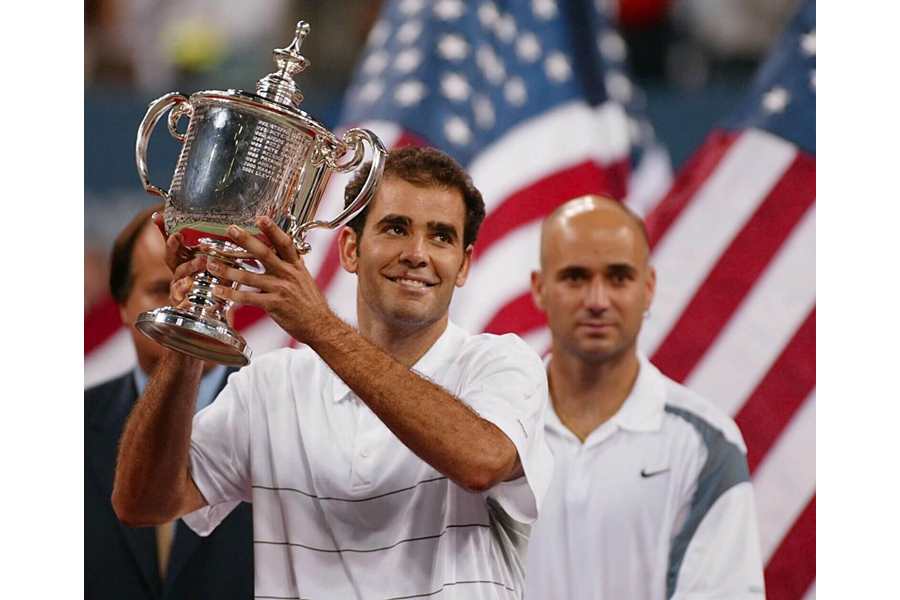
Also, nobody, not even Sampras, knew at the time that 2002 U.S. Open triumph was his walk-off. He stewed for nearly a year about whether to play again before deciding to end his career just after his 32nd birthday.
Novak Djokovic has won nine Grand Slam titles since turning 32. Annacone has little doubt that Sampras left some championships in his tennis bag. “Don’t put anything past the super-elites,” he said.
All that said, Murray and Nadal are a half-decade removed from their early 30s. Murray is desperate for another deep run in a major tournament, but he has not played in the second week of a Grand Slam since 2017, when his right hip was made of bone and cartilage rather than mostly metal.
Nadal said this year that he wants to play all of his favorite tournaments in 2024, one last time, to show his gratitude for all the sport has given him. Recent history suggests that could be a struggle.
His chronic foot injury caused him to miss the second half of 2021. Injuries to his foot, ribs and abdominal muscles limited his play in the second half of last year. The injury in Australia led Nadal to have arthroscopic surgery on his hip flexor and labrum in June, a procedure his doctors at the time predicted would take five months to recover from.
Nadal and Murray have won so much for so long. Their main opponent now though — the ageing process — remains undefeated.
